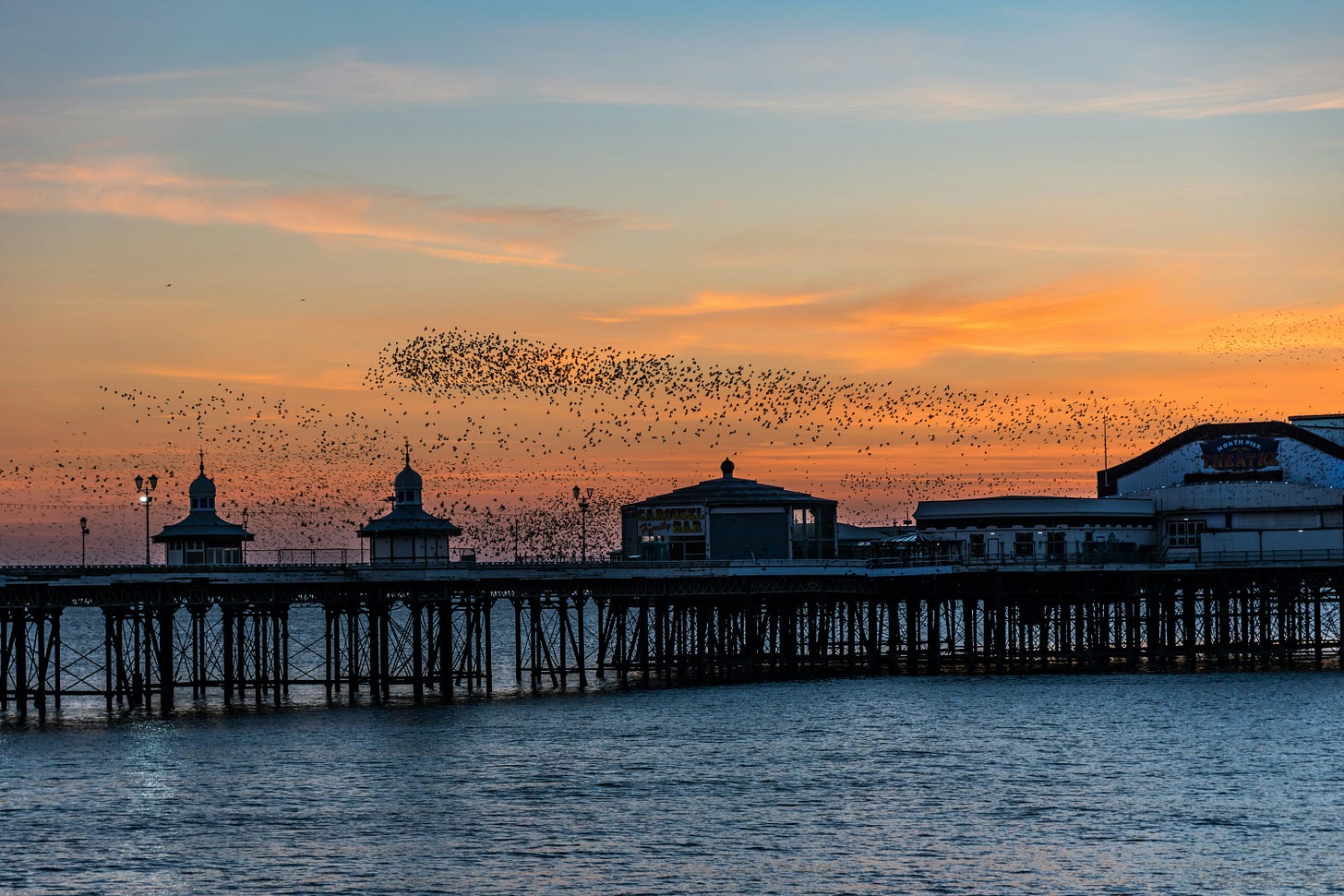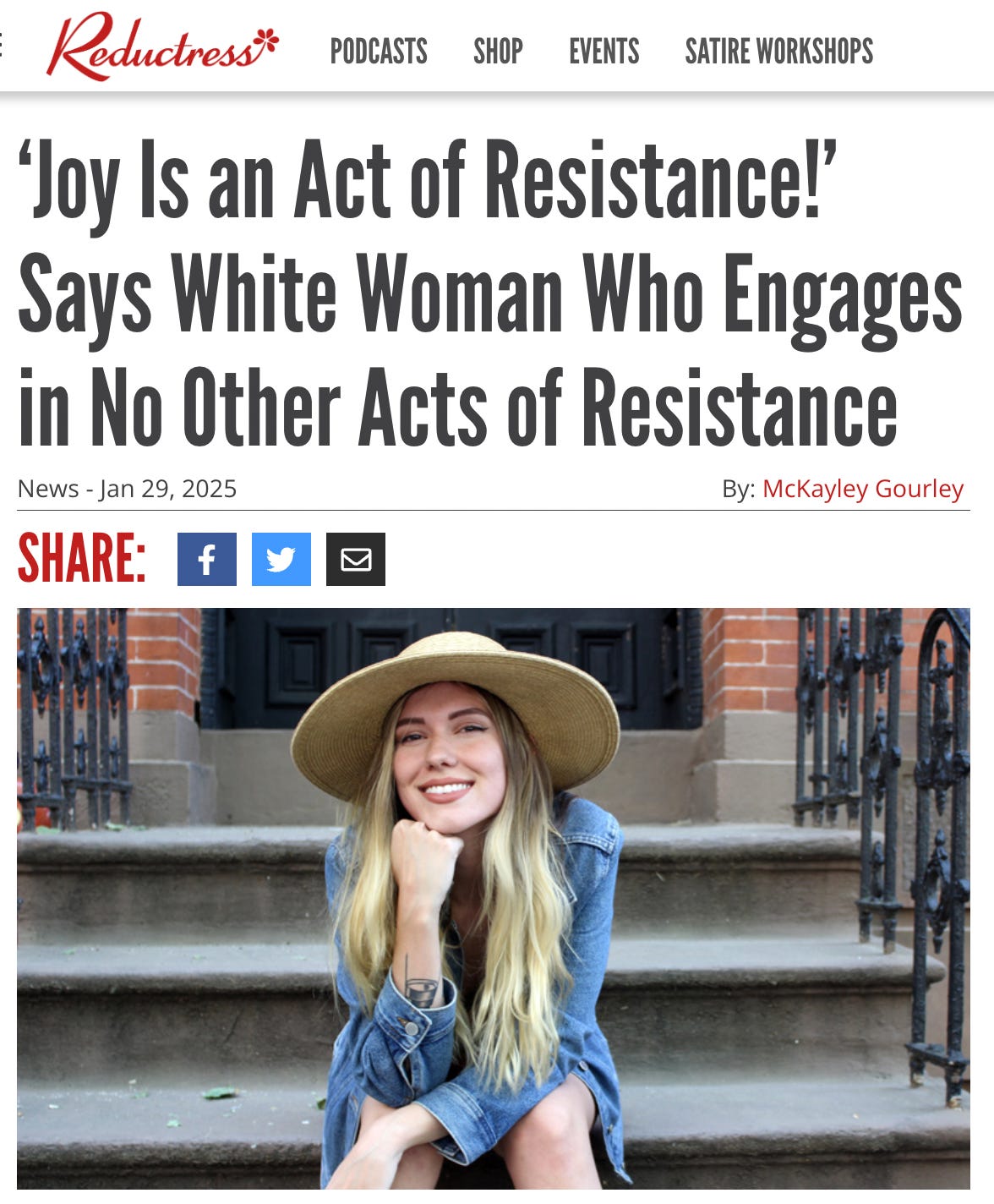Last week at the Blue Room we got introduced to the basics of Emergent Strategy by adrienne maree brown. Today we start digging into the six elements of Emergent Strategy, which is where the book spends most of its time. I’m also reading Holding Change, which is a companion volume to Emergent Strategy, and is especially for facilitators and mediators. You’ll see some quotes from that resource below.
But first… the soundtrack for this installment:
Key lines from this song by Carrie Newcomer:
“And the things that have saved us are still here to save us
It’s not out there somewhere… It’s right here, it’s right here”
“I can’t change the whole world
But I can change the world I know
What’s within three feet or so”
Both these quotes embody the first element of Emergent Strategy, which is fractals: the relationship between small and large. [Remember the principle from last week, that “small is good, small is all. (The large is a reflection of the small)”? Here’s the element that dovetails with that.]
Fractals are patterns present in nature at all levels of scale, from the spirals of sea shells to the shape of galaxies. Snowflakes. Ferns. Coastlines. Fractals have even been detected on the quantum level:

brown uses the idea of fractals to communicate a simple but profound idea: “what we practice at the small scale sets the patterns for the whole system.” (p.53) That’s the “three feet or so” that Carrie sings about. It’s not that collective action is unimportant, but if we aren’t embodying our dearest values on the micro level, the change we seek at the macro level will be fleeting and superficial.
With so much broken in our world, and coming apart faster than we can track, I’m sympathetic to what I’ve come to call the Do Something Caucus. Because yes, the moment we’re in is urgent. But as Miracle Max says in The Princess Bride, “You rush a miracle man, you get rotten miracles.” So much action-for-the-sake of action seems designed to assuage our anxiety rather than to move toward authentic transformation.
“Most of the time when the group feels overwhelmed by the task at hand, the task is too big,” brown writes in Holding Change (p. 101). Many people I know are feeling overwhelmed, and for good reason. And also, what would it look like to break down our most wicked problems into actionable pieces? Even if we can’t do that perfectly, doesn’t the attempt give us some leverage to act, to grab on to the possible amidst the impossible?
Either way, brown makes a compelling case that we need to let go of mile wide and inch deep solutions in favor of inch wide and mile deep living. As she puts it, “The scale that most movements and groups try to move in is too large for the intimacy of possibility.” (Holding Change p. 106)
You’ve probably seen those amazing videos of flocks of birds in murmuration. If you haven’t, pause your reading here and do a search on YouTube. Murmurations are like organic lava lamps, multiple creatures moving as one.

How do they do it? Princeton researchers worked with Italian physicists to address that mystery: they found that starlings are adept at reading social cues from their neighbors while conserving energy efficiently. “This trade-off [between focus and efficiency] yields a special number: seven. When starlings coordinate with their seven nearest neighbors, they form their characteristic flocks with the least effort.”
The whole flock is too overwhelming to track, but they don’t need to—their closest neighbors are connected to others, who are connected to others, and on and on. And how about that holy number?! Seven, folks… the sermon preaches itself.
A word of caution. brown’s work is informed by activist Grace Lee Boggs, who said Transform yourself to transform the world. “This doesn’t mean to get lost in the self,” amb adds, “but rather to see our own lives and work and relationship as a front line, a first place we can practice justice, liberation, and alignment with each other and the planet.” (Emergent Strategy p. 53)
In other words, we need to guard against this ~cough~:
What does fractal living look like? Well, it will be as varied as we are. A friend shared a lovely NYT obituary (non-paywall here) of James Harrison, who earned the nickname “The Man With the Golden Arm” because his blood had a rare antibody that may have helped more than two million babies in Australia.
Harrison gave blood some 1,173 times, an incredible achievement, but this quote caught my eye: “It wasn’t one big heroic act,” Jemma Falkenmire, a spokeswoman for Lifeblood, said in an interview as she reflected on Mr. Harrison’s 64 years of donations, from 1954 to 2018. “It was just a lifetime of being there and doing these small acts of good bit by bit.”
Go and do likewise, bit by bit, Blue Roomies.
~
Your Turn
Who are your seven starlings? Or, what is yours to do for the sake of the three feet around you?
Gandalf says in the Hobbit movies, “Some believe it is only great power that can hold evil in check, but that is not what I have found. It is the small everyday deeds of ordinary folk that keep the darkness at bay. Small acts of kindness and love.” What do you think?
Those of us who are Christian: where do you see elements of fractal theology in Jesus’ life and ministry? I have some thoughts on this.
~
Link Love
My favorite meditation on murmuration (Instagram link)… and Alexis Rockley even shouts out Parable of the Sower, the Octavia Butler novel which inspired adrienne maree brown’s work.
We entered covid lockdowns five years ago. Deep soul sigh. In case you missed it, I wrote this on the three year anniversary.
Here’s Monday’s post for the Art of Onward, in which my Ash Wednesday sermon audio is available outside the paywall.
Steady on.





This is so wonderful - fractals and murmurations and hobbits and doing one thing together with other people to see what ripple effects we notice. Thanks for this meditation and encouragement to be part of the change. I'm grateful for your voice.
I remember when you wrote that piece about the 3rd year of the pandemic. It stuck a chord with me. As I am now relocating to be with one of my children after eight months of widowhood, I have many of the same feelings I had at the five-year mark of the pandemic - Peggy Lee's song "Is all there is..." says it all...